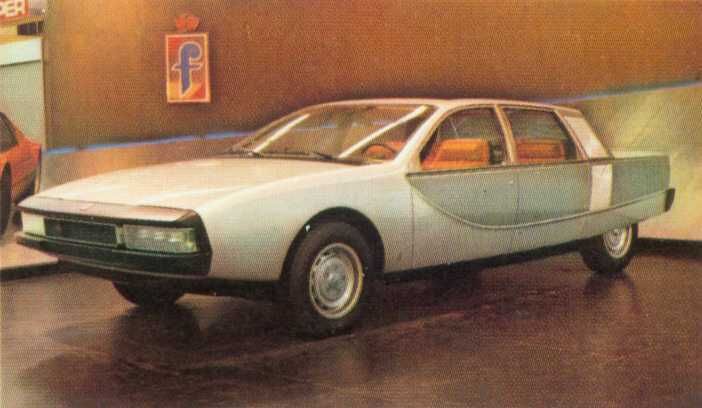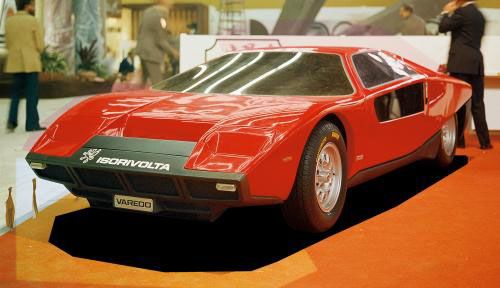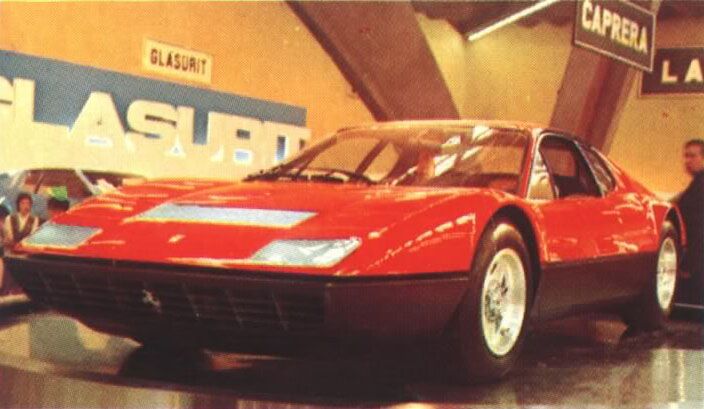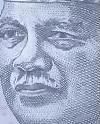Cards That Change
Although not as involved as others, I consider myself a military buff and a bit of a car enthusiast. It all started when I was rather hooked on a card game called Top Trumps. Each 32-card pack is themed according to boys' interests, that is military hardware and vehicles of all types. Each card lists vital statistics of the item such as length, speed, engine power/capacity etc.
The game play are as follows:
1. Any number can play (at least 2)
2. Cards are dealt among the players
3. The first player (usually to the left of the dealer, who is usually the owner of the pack) selects a category and calls out its value from his topmost card (say, speed : 300mph). The others also read the same category. Everybody then places their respective cards in the center of the playing group.
4. The player with the best (read:largest) value wins. He then collects all the cards for that round and places them at the bottom of his pile. In case of a draw (having the same value) the cards are left in the center and the tied players select a new topmost card and and selects a new category.
5. The round-winning player repeats Step 4. The objective of the game is to have all (or the most cards, should the game session had to be prematurely ended such as the end of the recess period) of the cards at the end of the game. So anybody who loses all of his cards earlier on were knocked out of the game. Oh, once a player is down to his last three cards, he can choose any one for a particular round instead of the topmost card.
Sounds simple isn't it, and most of the time winning the game was decided by luck rather than strategies or tactics. But even then cries of 'cheat!' were heard which lead to fights and generally grumpiness on the part of the losing party. Sometimes we kids make improvised rules especially when no numerical values were given for a particular card's category.
Like I said before the top trump card sets encompasses a wide range of subjects. But most of them (at least to my point of view) seem to concentrate on military hardware. Despite misgivings by parents (including my Dad), as far as I know, the card game didn't turn us kids into gamblers. But since most of the card sets concentrated on military hardware, I can say that the Top Trump game kick-started me into the military buff I am today.
I had a number of card sets, and yes, most of them are military in nature (more on this later). One non-military card set that captured my imagination (then and even now) was 'Prototypes' or what we know today as concept cars. The cards feature, well, prototypes of cars that were not yet in production (then) like the Maserati Quattroporte and Ferrari 365BB. But, in most cases, as far as I know 30 years later, remain prototypes and has never been mass-produced. Some of the cars seemed so futuristic at that time which made us kids believed that there would really be flying cars in the year 2000. The were four stats categories : Number of cylinders, engine capacity (cc), Max. power output (hp) and Max. Speed (km/h).
The Prototypes card was one of the cards which caused confusion. As the basic rule was 'the larger number wins', we kids were stumped with the card for Pininfarina NSU Ro 80 which stated its 'number of cylinders' as 'Rotary Engine'. So, what did we do? We simply decided that 'Rotary Engine' has the highest numerical value! As for the rest, since there are cars with flat- and v-configured cylinders, we decided that the Vs have the higher value, so V8s trumps over flat-8. The selection of the cars are quite balanced in the sense that no one card has the best stats in all of the categories. The best cards in each category are thus (with some trivia I managed to find):
"Number Of Cylinders" : Rotary Engine - Pininfarina NSU Ro 80 concept
As I've mentioned before, us kids considered 'rotary engine' to have the biggest value. This was Pinifarina's 1971 concept car based on the rotary-engined NSU Ro 80. NSU had been absorbed by Audi.
"Engine Capacity" : 5,762cc - Iso Rivolta Varedo concept
Presented to the world at the 1972 Turin Motor Show, The Varedo was supposed to be Iso Rivolta's entry into the mid-engined supercar market. However, the company was sold by the Rivolta family and the new owner did not pursue the project. Only one was made.
"Max. Power Output" : 550hp - Pininfarina Modulo
The most futuristic-looking of all the cars in the pack. Put it on the streets and people might wonder if a time-traveler from the future is here or that someone has taken a movie prop for a spin! Pininfarina used a Ferrari 512 chassis and added this ultra-low body, so low that the seats are in line with the wheel hubs. And from the looks of it, it can only be driven in straight line ONLY! The original prototype was dismantled for parts - the one in the Ferrari Museum is a replica.
"Max. Speed" : 360km/h - Pininfarina Ferrari BB and Pininfarina Modulo (see above)
Also known as Ferrari 365 GT4 BB (Berlinetta Boxer). Shown as a concept car in 1971 Turin Motor Show and as a production vehicle at 1973 Paris Auto Show. Only 387 were built. The 365 were further developed into the 512 Series.
And finally, the weakest of the bunch.The Fiat Town Car and the Zagato Hondina. The Fiat Town car or Fiat X1/23 1972 concept car was an early example of compact electric car, or if you like, the ancestor of the Smart Car. The Hondina was Zagato's 1970 styling of the Honda Hondina N360. Both also had the least appealing appearance! We nicknamed the Fiat as 'Kereta Katak' (Frog Car) due its appearance.
 | |
| Fiat Town Car |
Fiat Town Car
No. of cylinders : 2
Engine Capacity : 594cc
Max. power Output : 23hp
Max. Speed : 85km/h
 | |
| Zagato Hondina |
No. Of Cylinders : 2
Engine Capacity : 354cc
Max. Power Output : 36hp
Max. Speed : 120km/h












